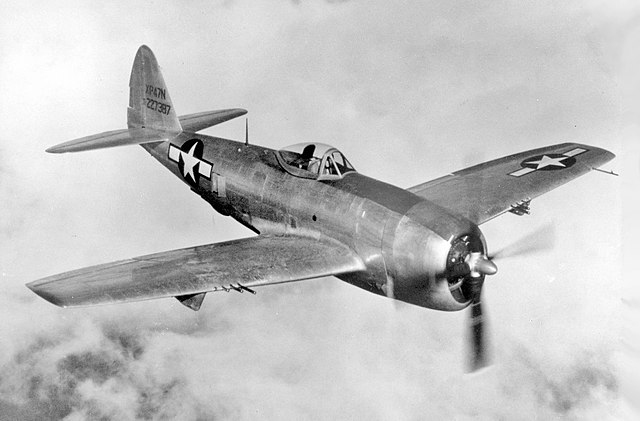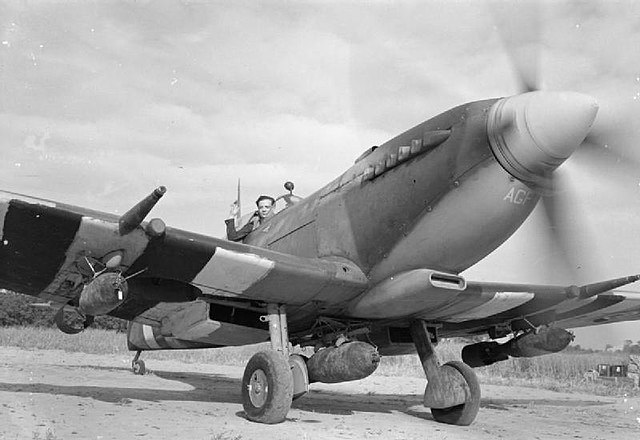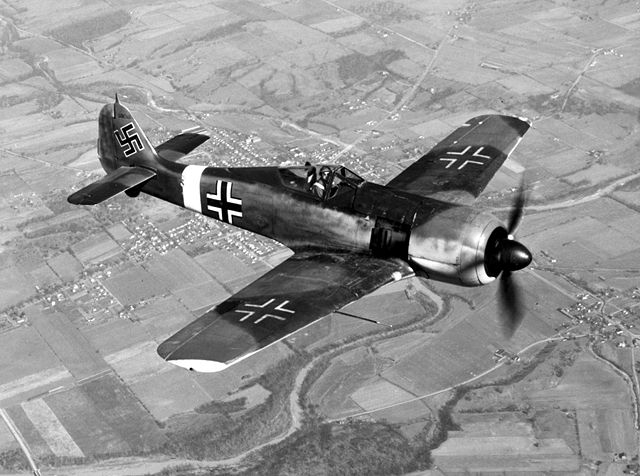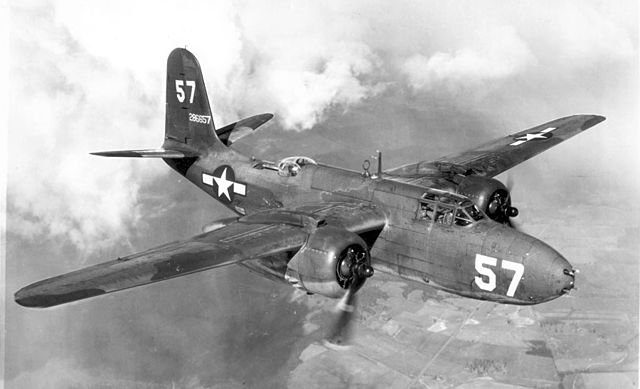North American P-51 Mustang
The North American Aviation P-51 Mustang is an American long-range, single-seat fighter and fighter-bomber used during World War II and the Korean War, among other conflicts. The Mustang was designed in April 1940 by a team headed by James H. Kindelberger of North American Aviation (NAA) in response to a requirement of the British Purchasing Commission. The commission approached NAA to build Curtiss P-40 fighters under license for the Royal Air Force (RAF). Rather than build an old design from another company, NAA proposed the design and production of a more modern fighter. The prototype NA-73X airframe was rolled out on 9 September 1940, 102 days after the contract was signed, and first flew on 26 October.
North American P-51 Mustang
North American NA-73X, with a short carburetor air-intake scoop and the frameless, rounded windshield: On the production Mustang Mk Is, the frameless windshield was replaced with a three-piece unit that incorporated a bullet-resistant windshield.
P-51D on the Inglewood assembly line
XP-51 41-039 is one of two Mustang Mk I aircraft handed over to the USAAC for testing
A fighter-bomber is a fighter aircraft that has been modified, or used primarily, as a light bomber or attack aircraft. It differs from bomber and attack aircraft primarily in its origins, as a fighter that has been adapted into other roles, whereas bombers and attack aircraft are developed specifically for bombing and attack roles.
The Republic P-47D was armed with eight .50-caliber (12.7 mm) machine guns, and could carry a bomb load of 2,500 lb (1,100 kg).
A Supermarine Spitfire Mk. IX in Longues-sur-Mer, Normandy (1944). It carries a 500 lb (230 kg) bomb under the fuselage and a 250 lb (110 kg) bomb under each wing.
The F-series models of the Focke-Wulf Fw 190 were specifically adapted for the fighter-bomber role.
The Douglas A-20 Havoc








